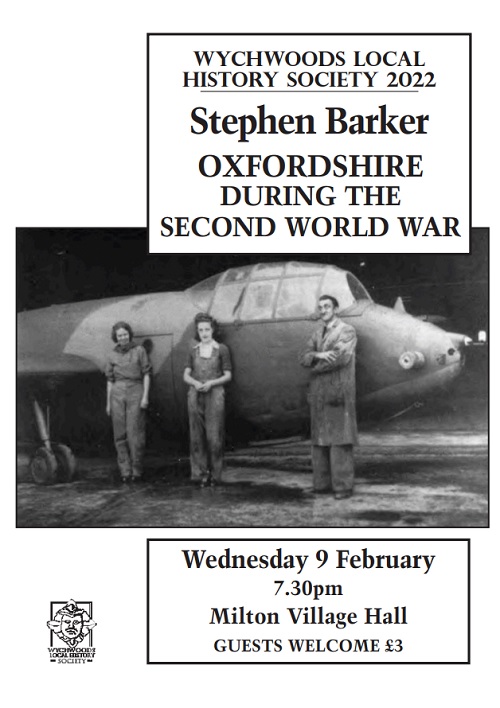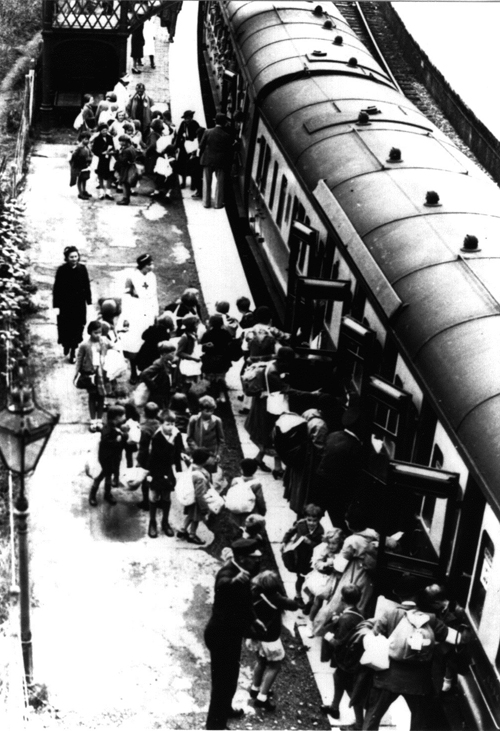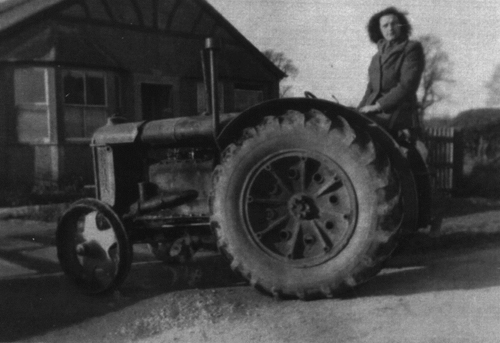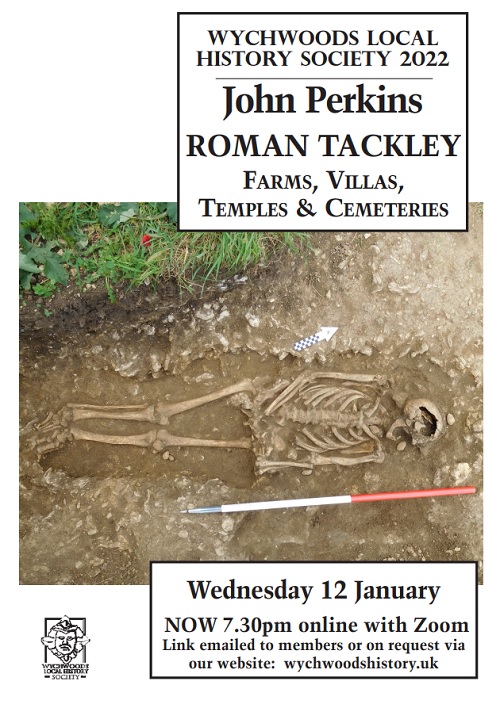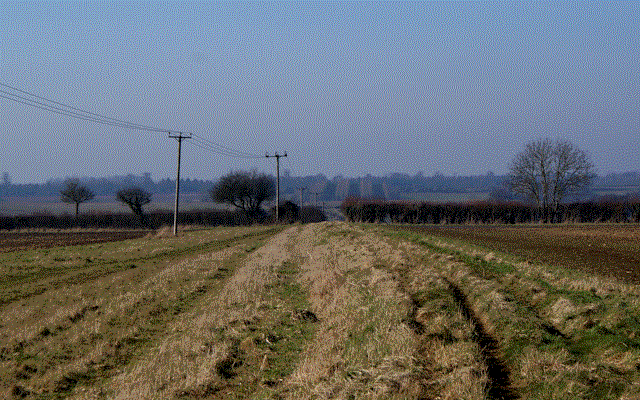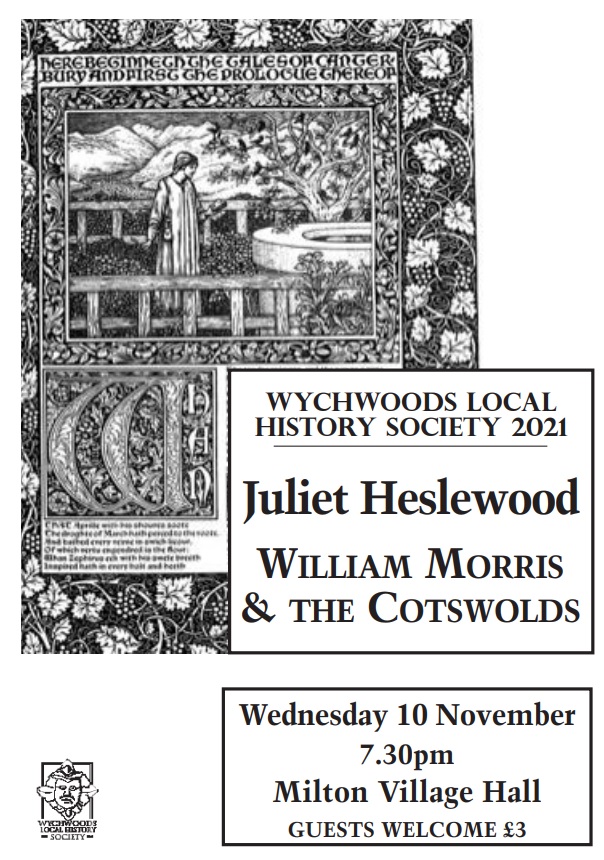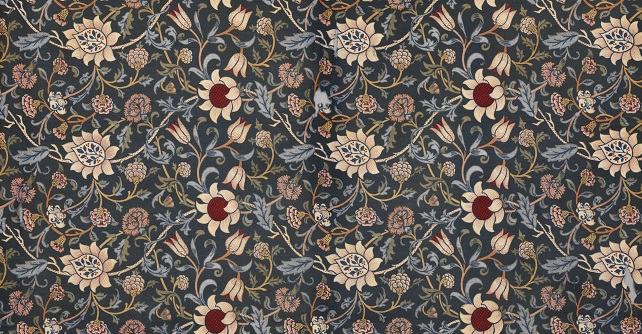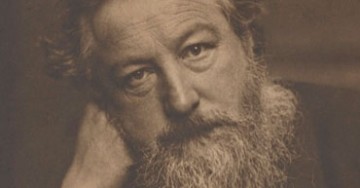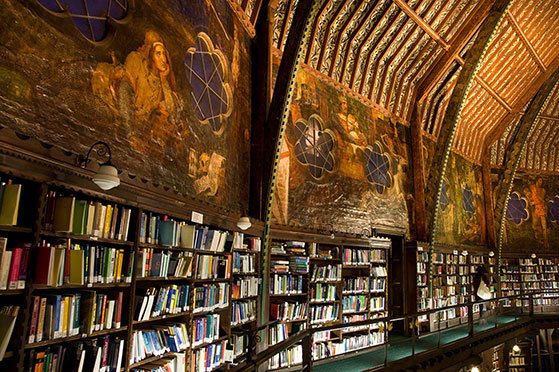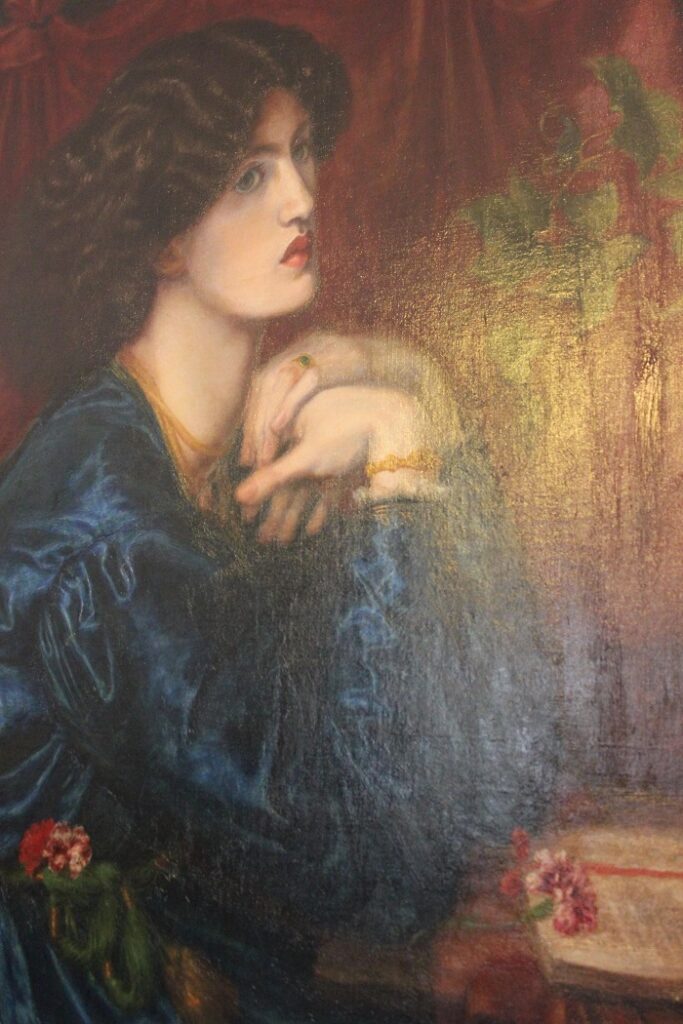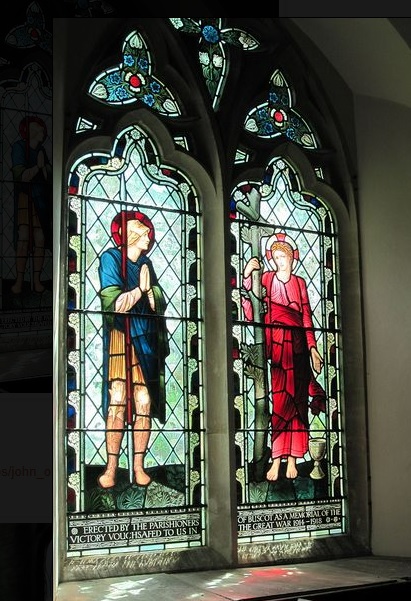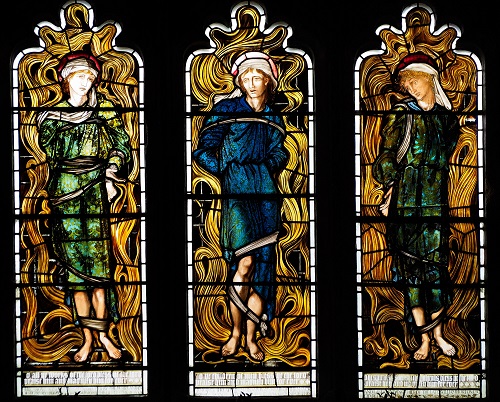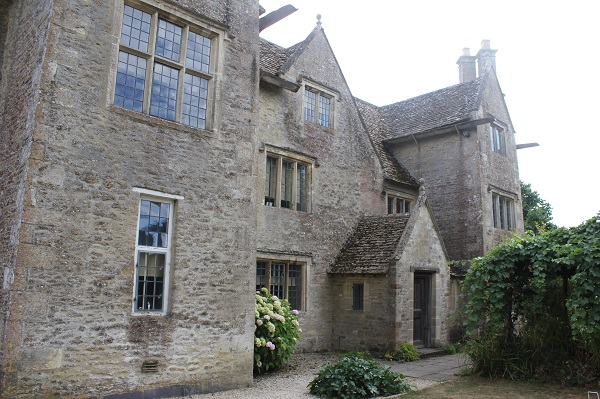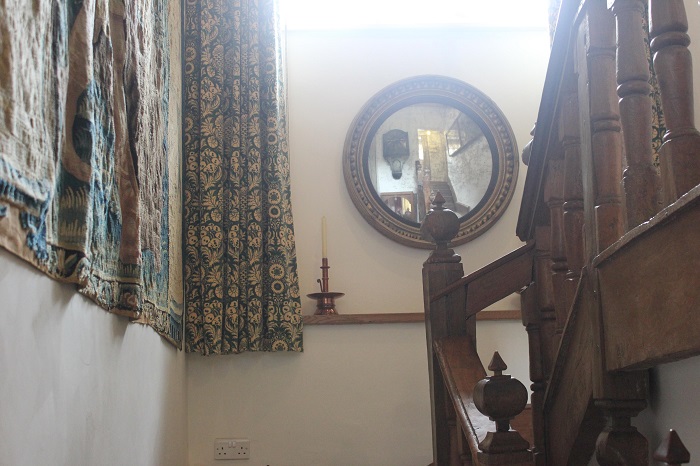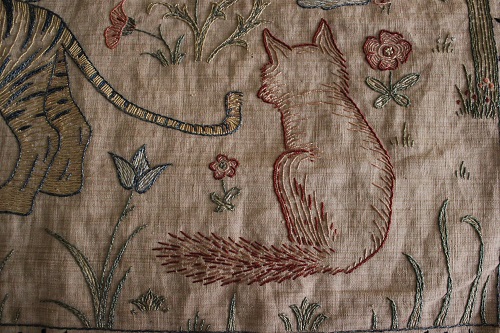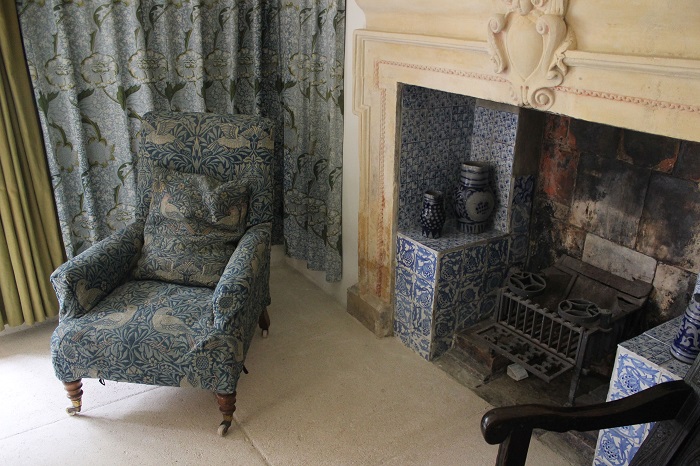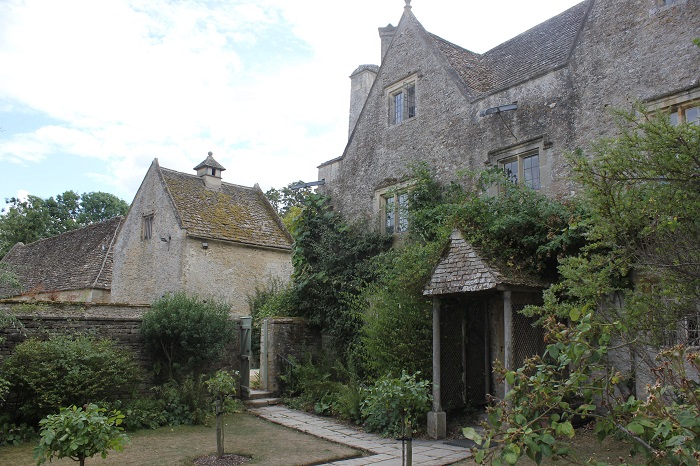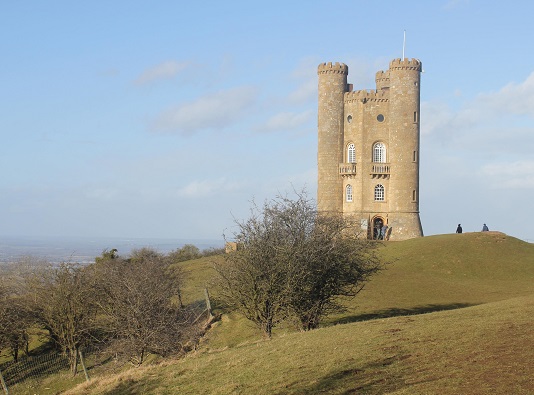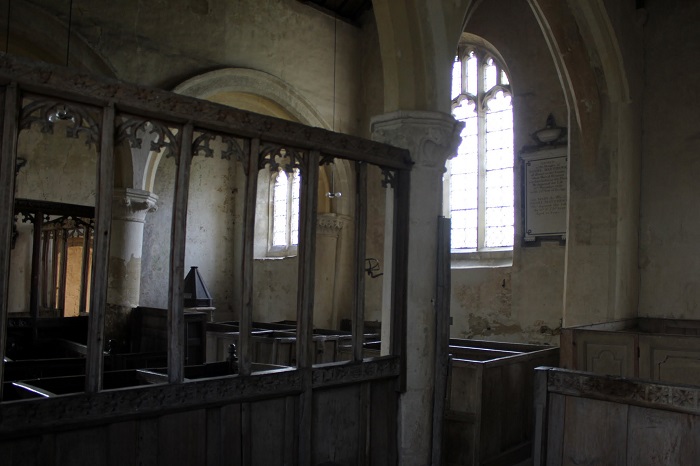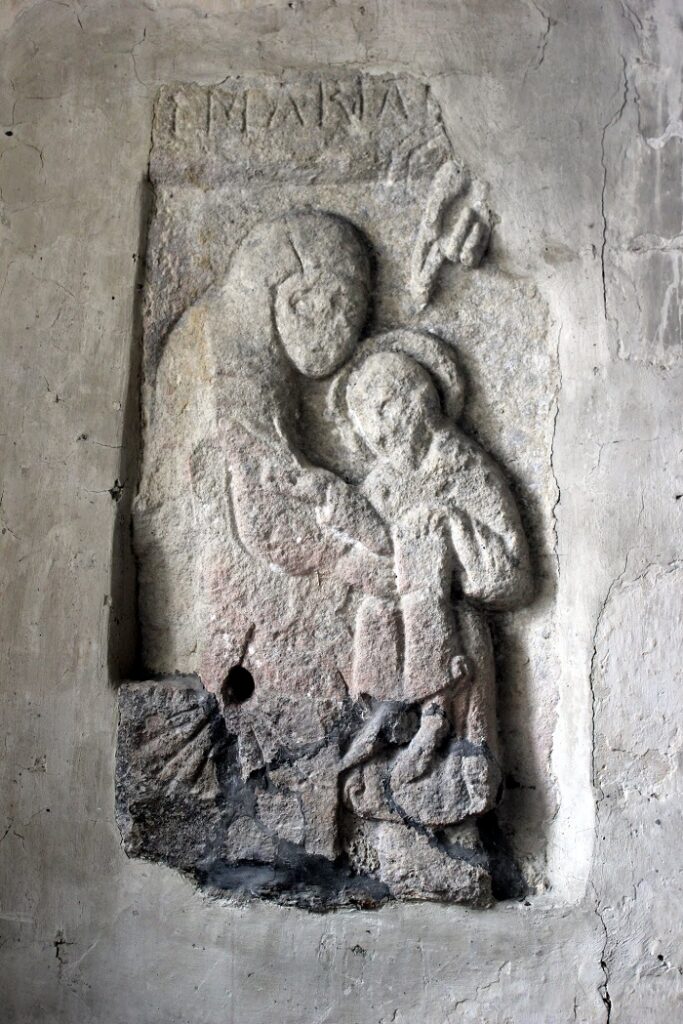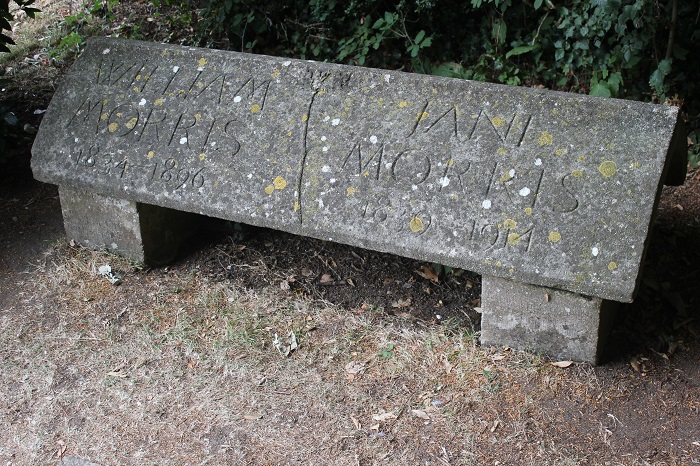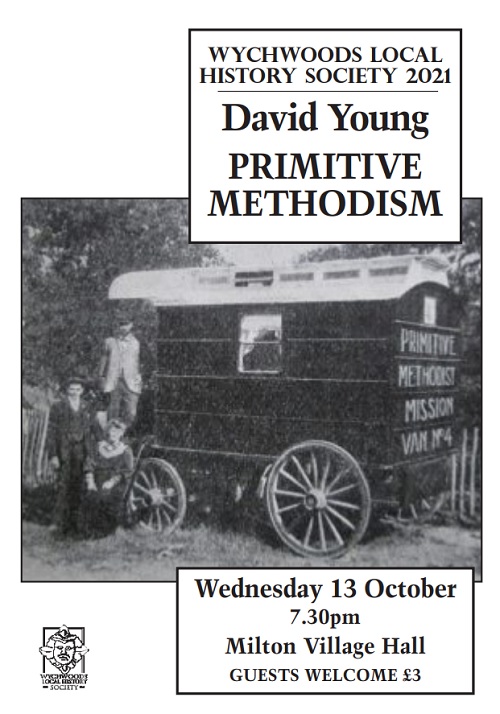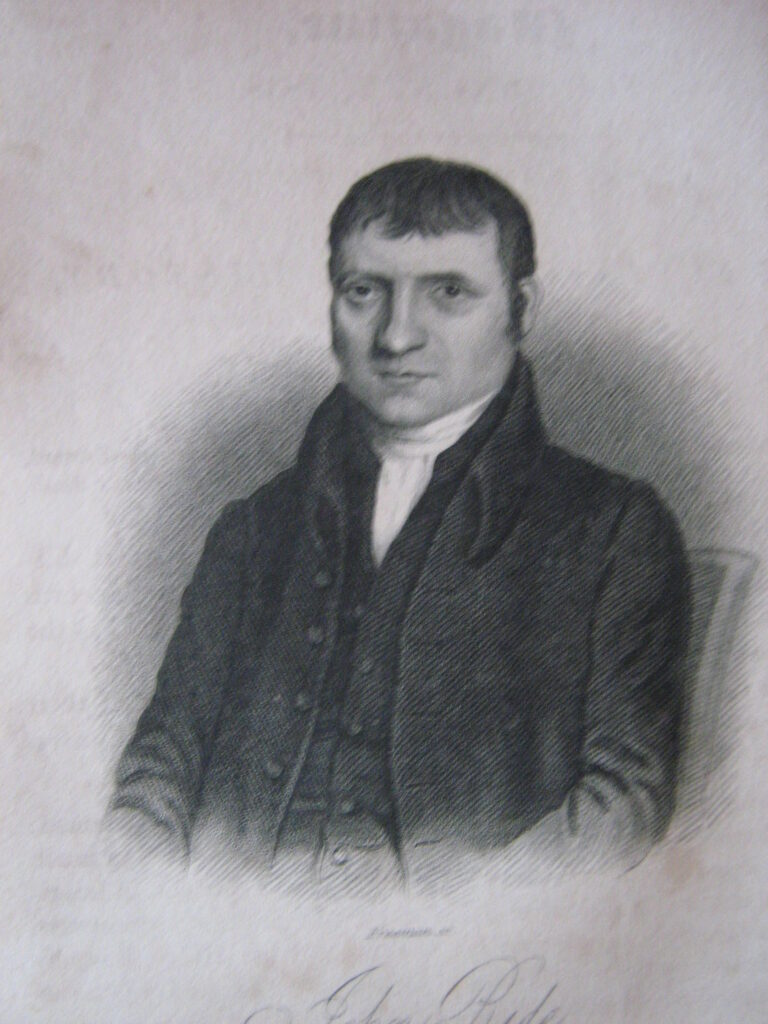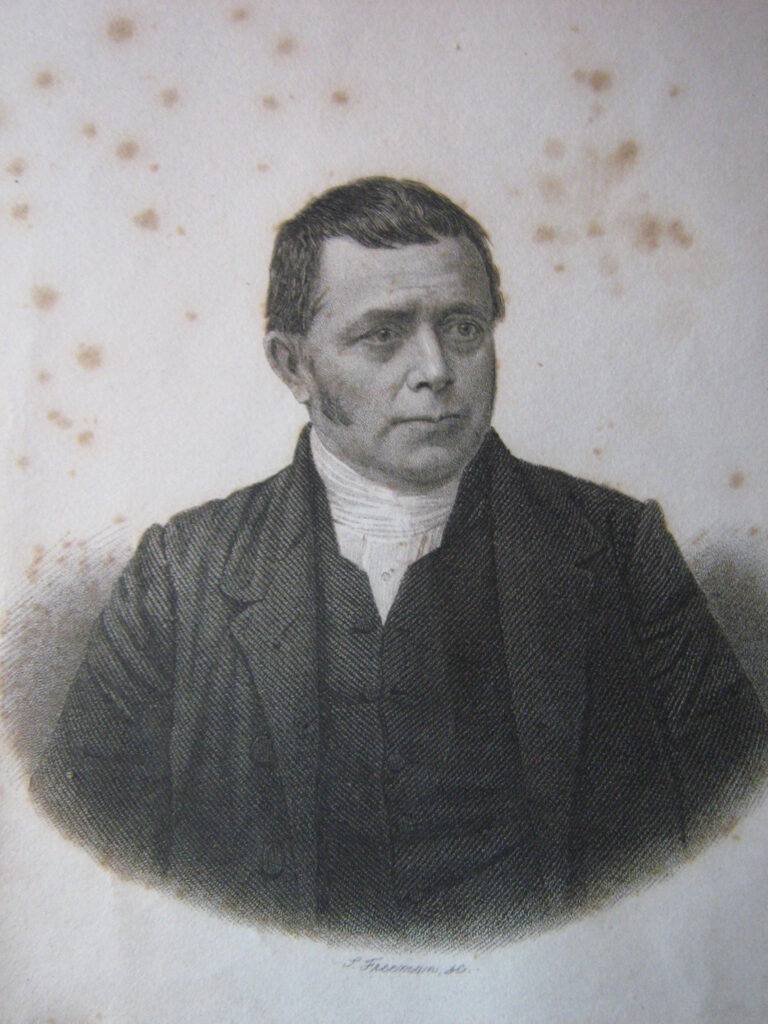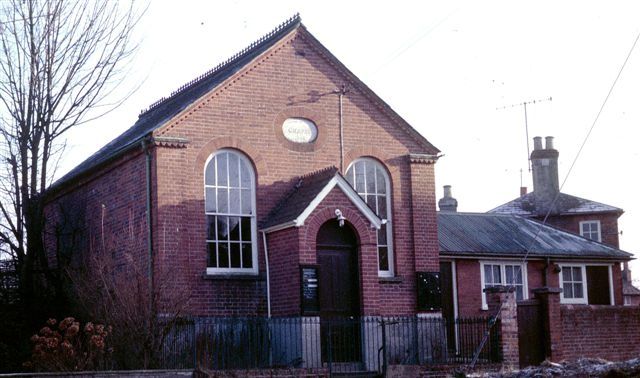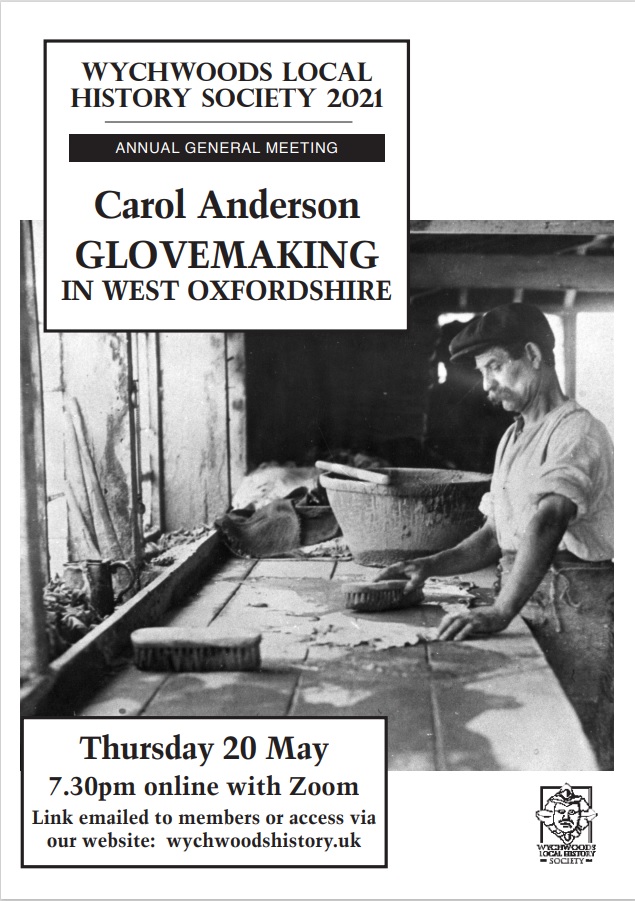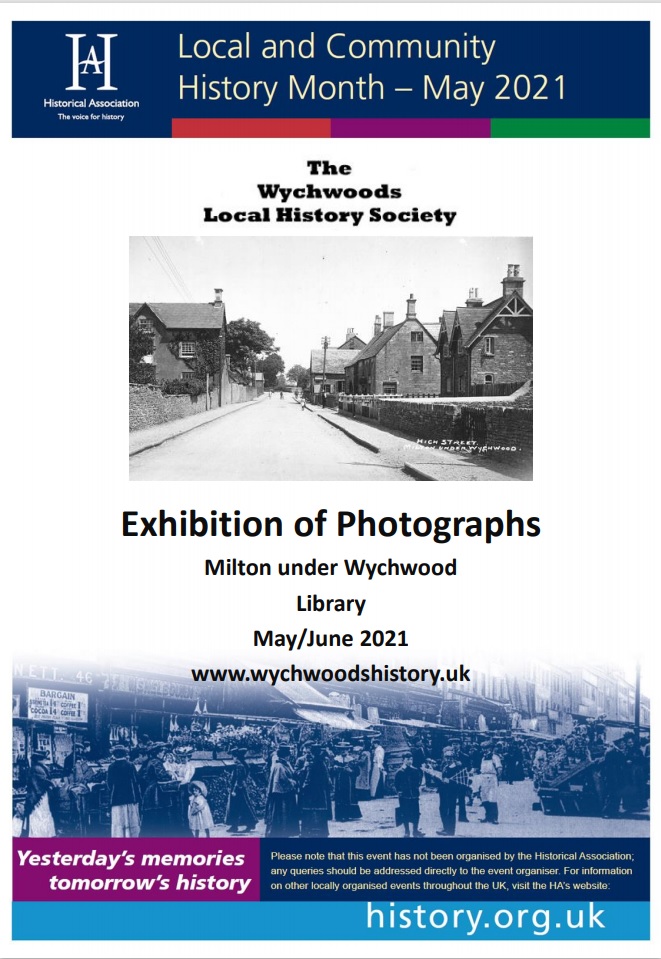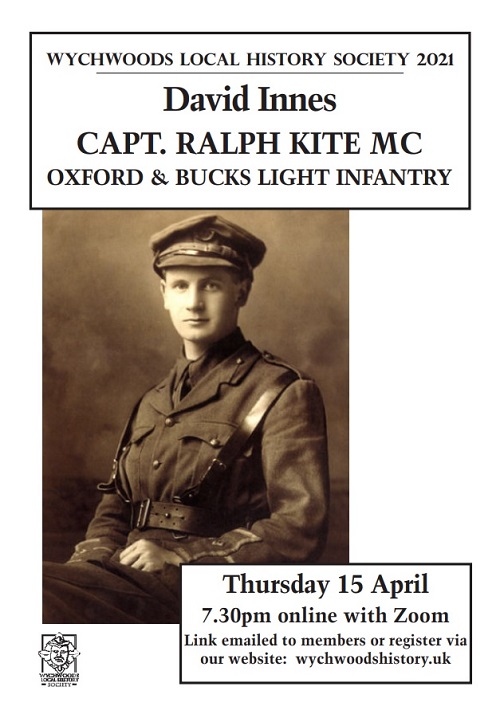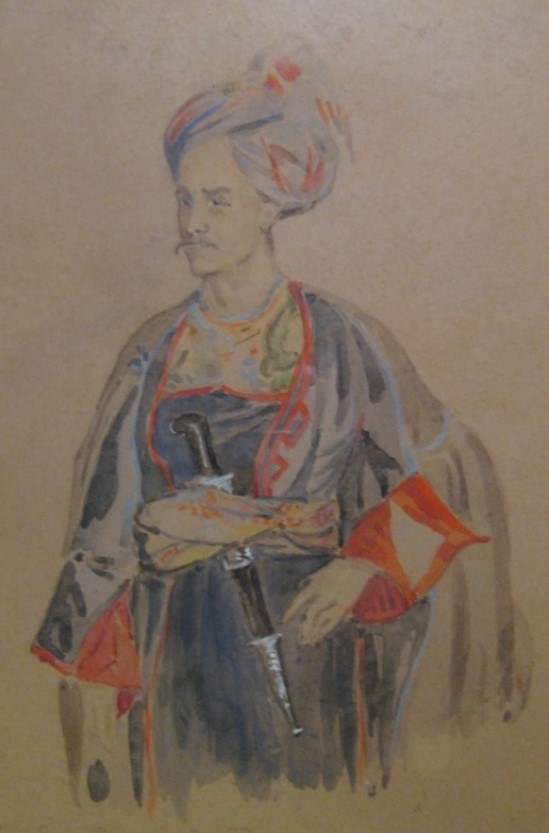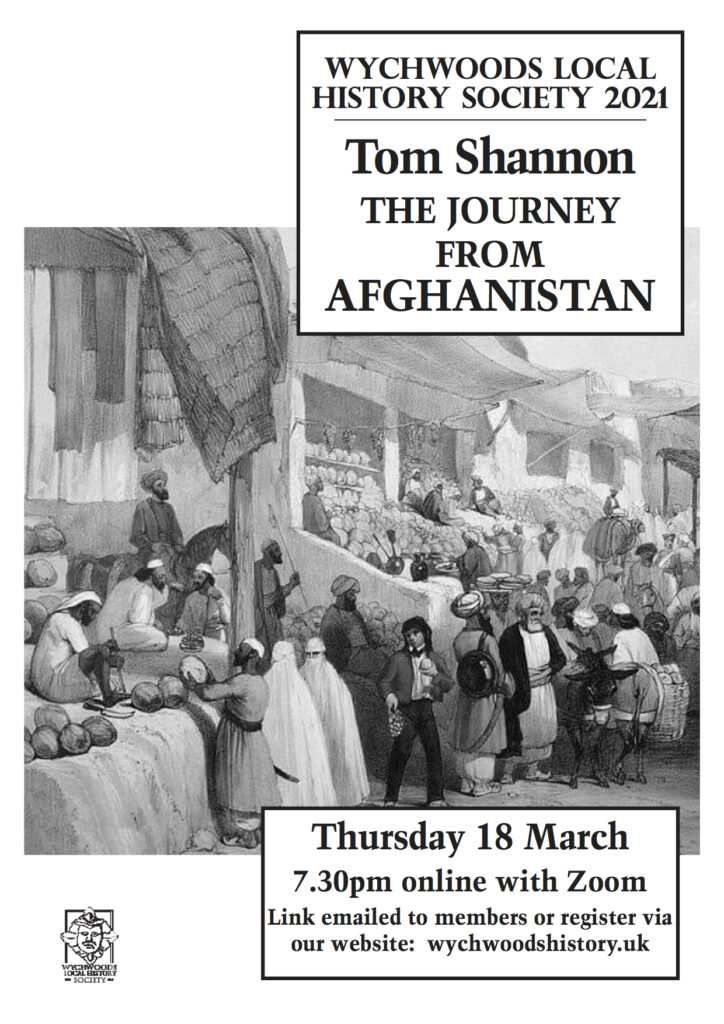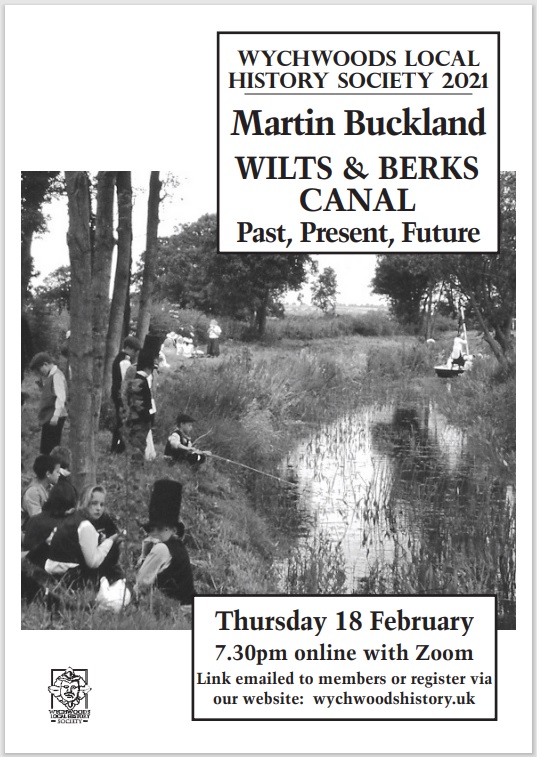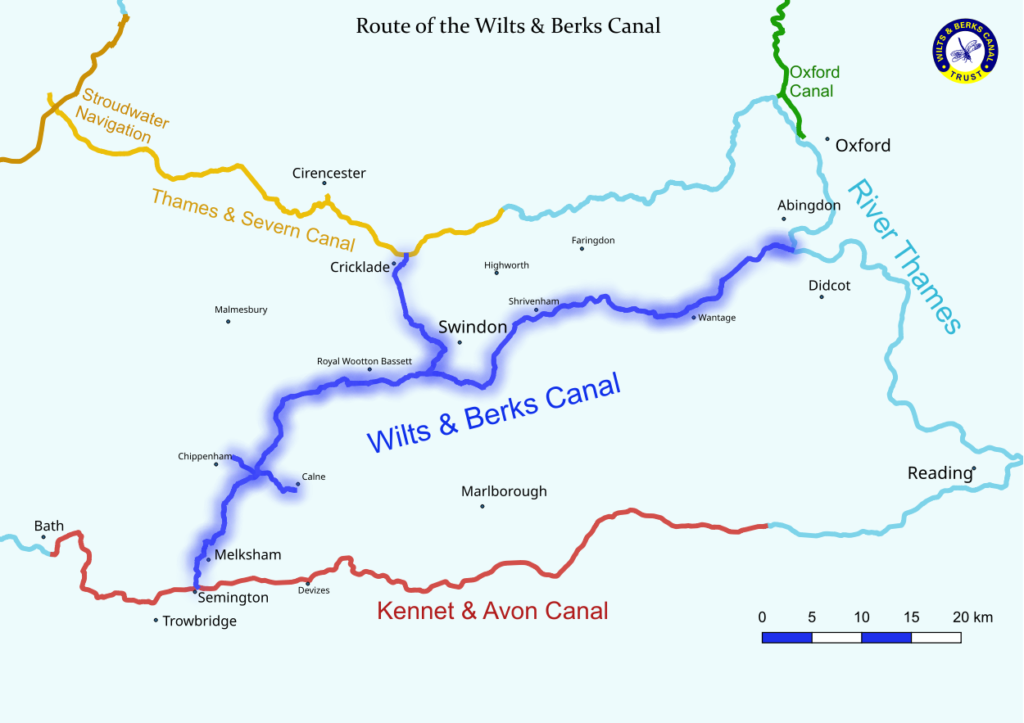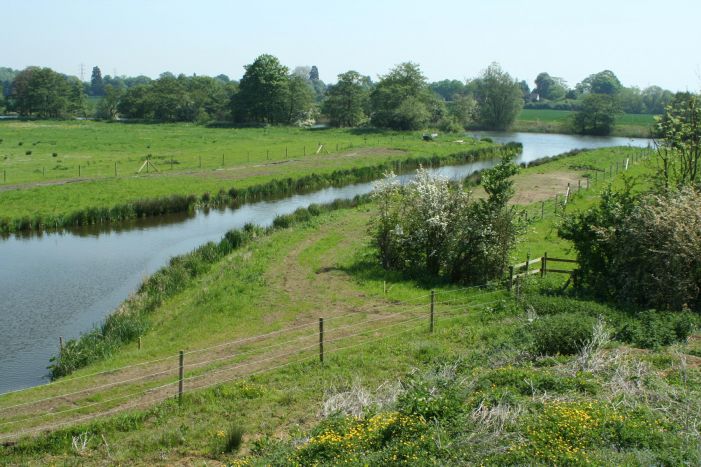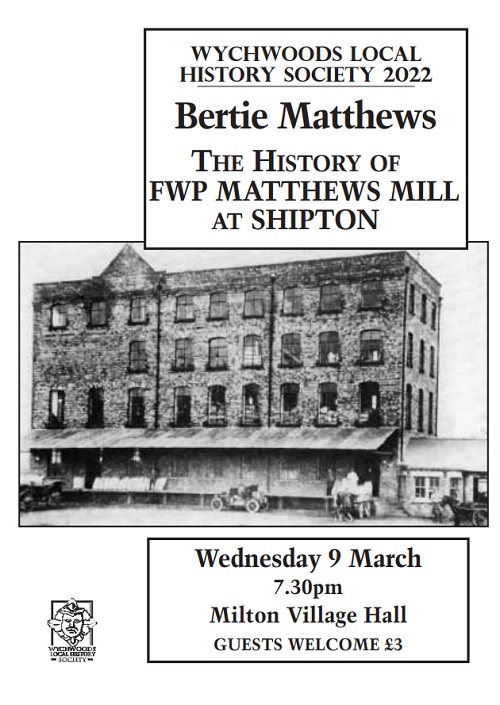
Our March 2022 evening talk was with Bertie Matthews who presented the history of FWP Matthews Mill in Shipton under Wychwood.
The evening was another particularly successful one, with around 55 members and some new faces coming to enjoy what was an engaging talk around what must be described as an icon of local enterprise. Many of us who came had family and friendship connections with staff and workers at the mill over time, and so the talk had plenty of personal interest.
Bertie Matthews is the latest generation of his family to run its grain merchant and flour milling business, joining the family mill in 2017. He gave a brief introductory overview of family research into the Matthews name from the 1400s up to the 1780s. Matthews names (originally “Mathews”) derives from medieval families around Llandaf in Wales including a connection with a David AP Mathew in the 1400s. The name was associated with wind and watermill ownership. Later Matthews families in Warwickshire, associated with Nailcote Manor were involved in milling traditions.
However, the story of the Matthews family in Shipton starts with “Generation One” with the name of Marmaduke Matthews 1 (1782-1840) and his arrival from Warwickshire to Fifield House in 1802. In addition to farming activity Marmaduke rode the wave of the Agricultural Revolution with its huge increase in efficient grain production and was able to build a seed-trading enterprise and so set the tone for the Matthews family involvement with local produce and quality grain.
Efficiencies continued to drive the expansion in national agricultural activity, and with “Generation Two”, Marmaduke Matthews II (1812-1883) sourced grain and samples from local farmers, increased the acreage of the Fifield farm, though with no large corresponding increase in the number of workers needed to sustain it. This foundation, operating in local markets until the 1840s, was the basis for further expansion, which came with the railways, and the opening of national markets – clear signs that the time to diversify into milling was near.
Two more generations followed to take advantage of these changes. Frederick Matthews I (1841-1911) expanded the business to wheat and barley selling for several years. His son, Frederick William Powell (FWP) Matthews (1868-1930) was the driving force towards the idea of milling locally grown wheat. In the context of the collapse in grain prices in the late 1880 due to American imports, this was a mandate for business survival.
Although he was the driving force behind the plans for the mill, unfortunately Frederick I died before it was completed, and so it was his son FWP Matthews who oversaw the mill’s completion. It was built in 1912 by Alfred Groves and Son and housed the revolutionary Roller Mill technology first developed in the 1870s and used for the first time in Liverpool.
The decision to use locally grown grain – soft wheat grown locally in the Cotswold hills – meant that the market for Matthews flour at this time was around “biscuit” flour. Especially under FWP Matthews’ son Frederick Eric Matthews (1897-1973) the business won successful contracts with famous companies such as Huntley and Palmers in Reading, Peek Frean in London, and Jacobs in Dublin. A regular sight locally at this time was of the flour was transported by rail by horse and cart on the 25-yard journey between the mill and Shipton Station to those customers.
Ex-POW as he was, Frederick Eric Matthews was the prime mover in keeping the business solvent during the post-war years. As well as maintaining those lucrative contracts, the business divested itself of land and focussed on milling, trading as a coal merchant and later starting the diversification into bread flour.
Frederick Eric Matthews had two sons: Frederick “Gordon” (1922 – 2020) and Ian, who worked in partnership, trading off each other’s individual strengths in business. Ian Matthews bought in new milling technologies from what is now the Czech Republic, and so massively improved throughput at a time when the “commodification” of food in the post war years was the watchword, and so smaller milling enterprises began to fall by the wayside. We learned for example that in 1950 there were 252 mills and 235 milling companies in the country, but by 2020 these figures were 51 and 29 respectively. Frederick “Gordon” was instrumental in introducing malting barley and supplying local bakeries with bread flour.
Paul (Bertie’s father) and his cousin Graham ran the business from the 1990s to the 2010s, focussing on premium and speciality flours, pioneering organic concepts, and increased production from 100 tons weekly to 500, and with modern machinery could package 6 tons every hour. They also introduced brand names based on local villages and landmarks. However, despite these halcyon moments in the history of the business, in 2017 the company suffered severe setbacks which culminated in a loss of half the annual revenue and staff lay-offs and was forced into Company Voluntary Arrangements (CVA).
However, in spite of these major setbacks, the company has worked through these difficulties, and reset itself to focus on speciality flour production, embracing digital technology for its sales (hugely beneficial during the pandemic lockdown and associated restrictions), and under Bertie Matthews’ leadership has founded the Cotswold Grain partnership and working with local families, farmers, bakers and agronomists in the environment of Regenerative Agriculture. [ More here : YouTube Video]
Iterations of the Matthews’ family business have weathered many changes over the centuries, and Bertie Matthews described these with enthusiasm, aided occasionally by his great aunt Anne Matthews who was able to make impromptu and amusing corrections to his narrative! In the process, we were reminded of changes of time in agricultural practice and the fluctuating ebb and flow of commodity markets, up to and including today’s focus on sustainable farming and food supply. We were left with a deep sense of the place of this landmark Shipton under Wychwood enterprise and its connection and response to these seismic shifts – not least those of the present moment in global grain markets.
See more about the history of FWP Matthews Mill in our Wychwoods Album feature

